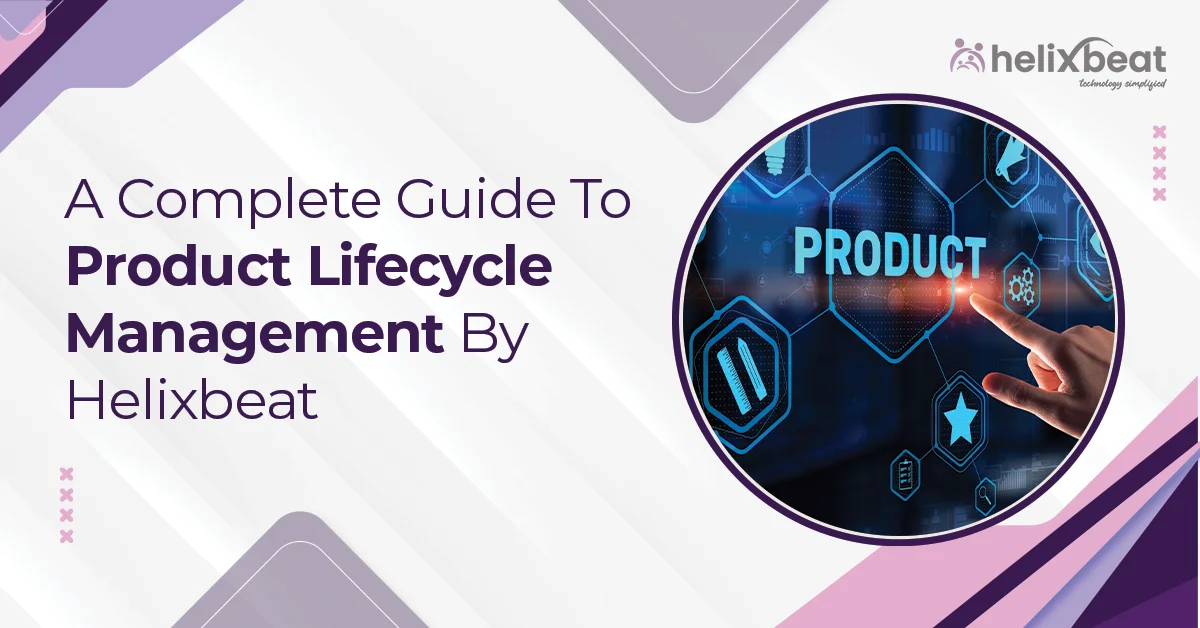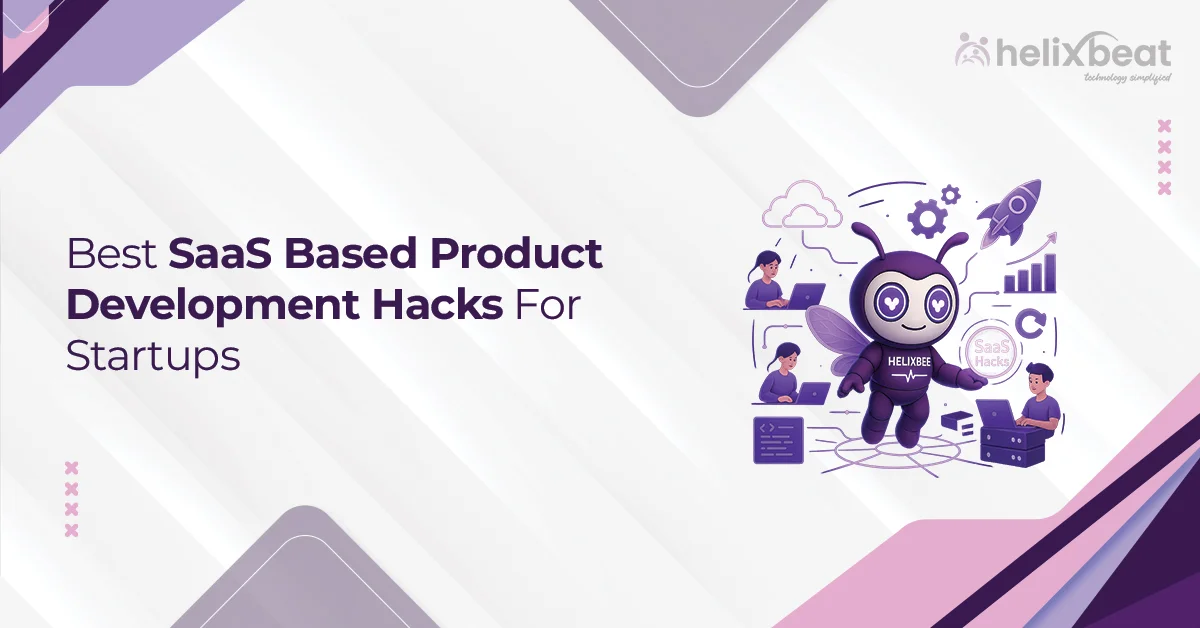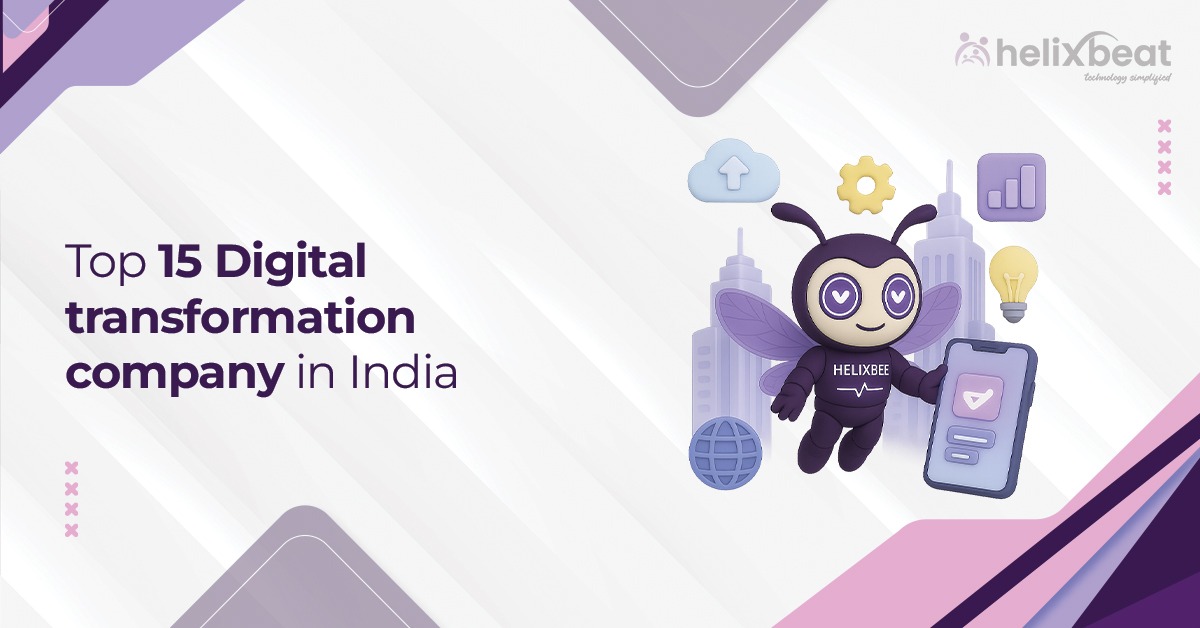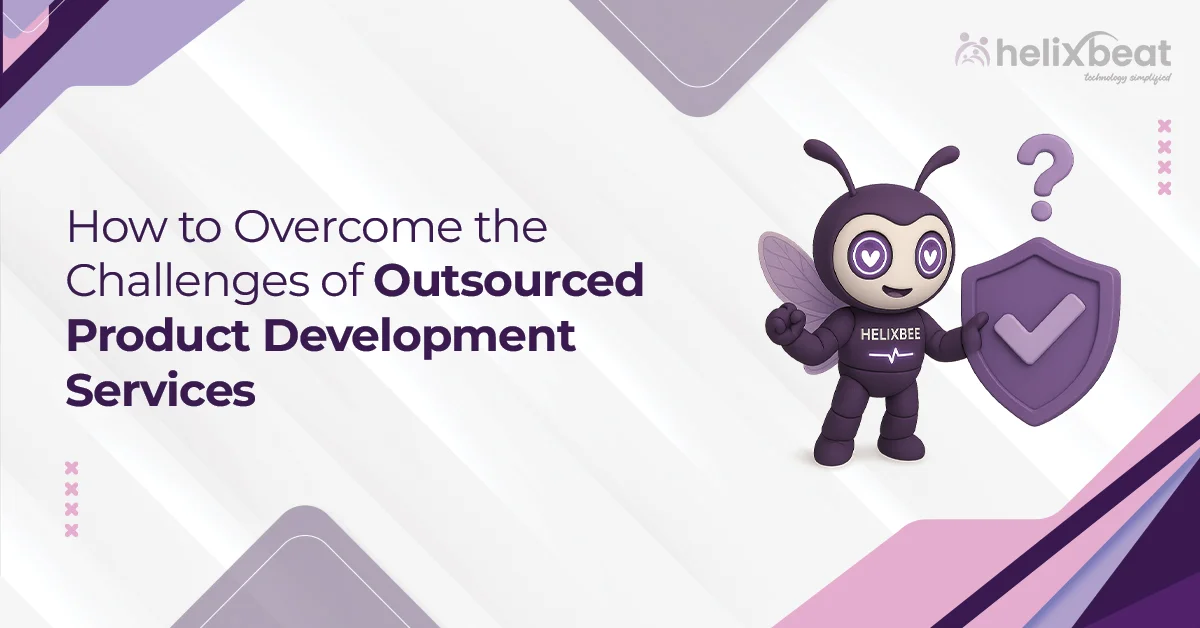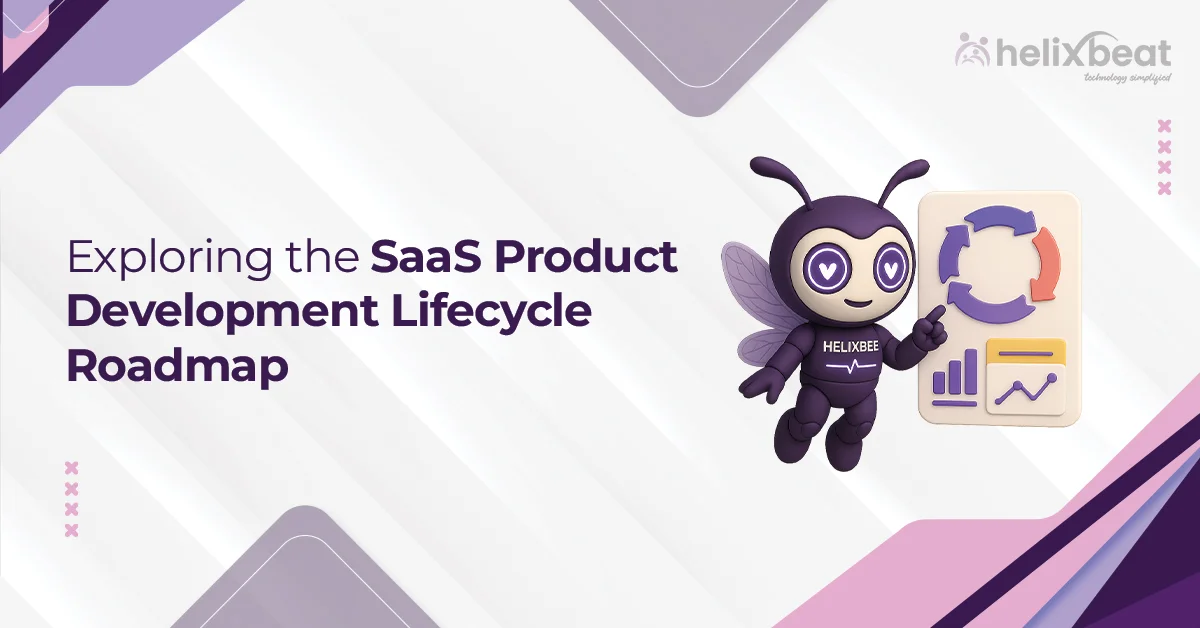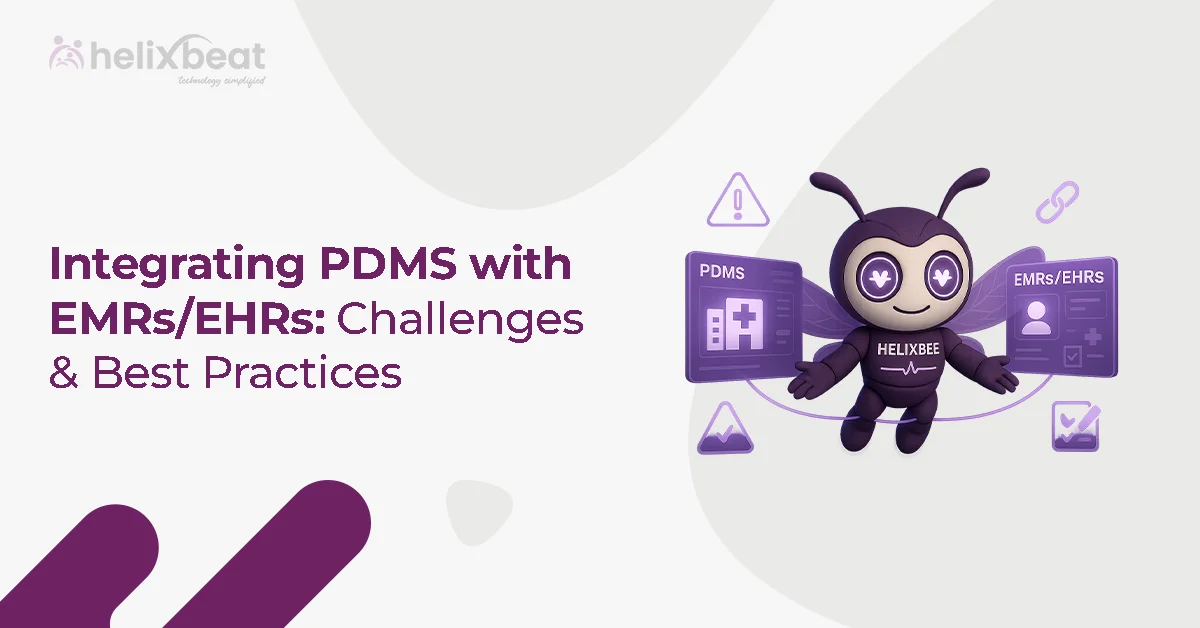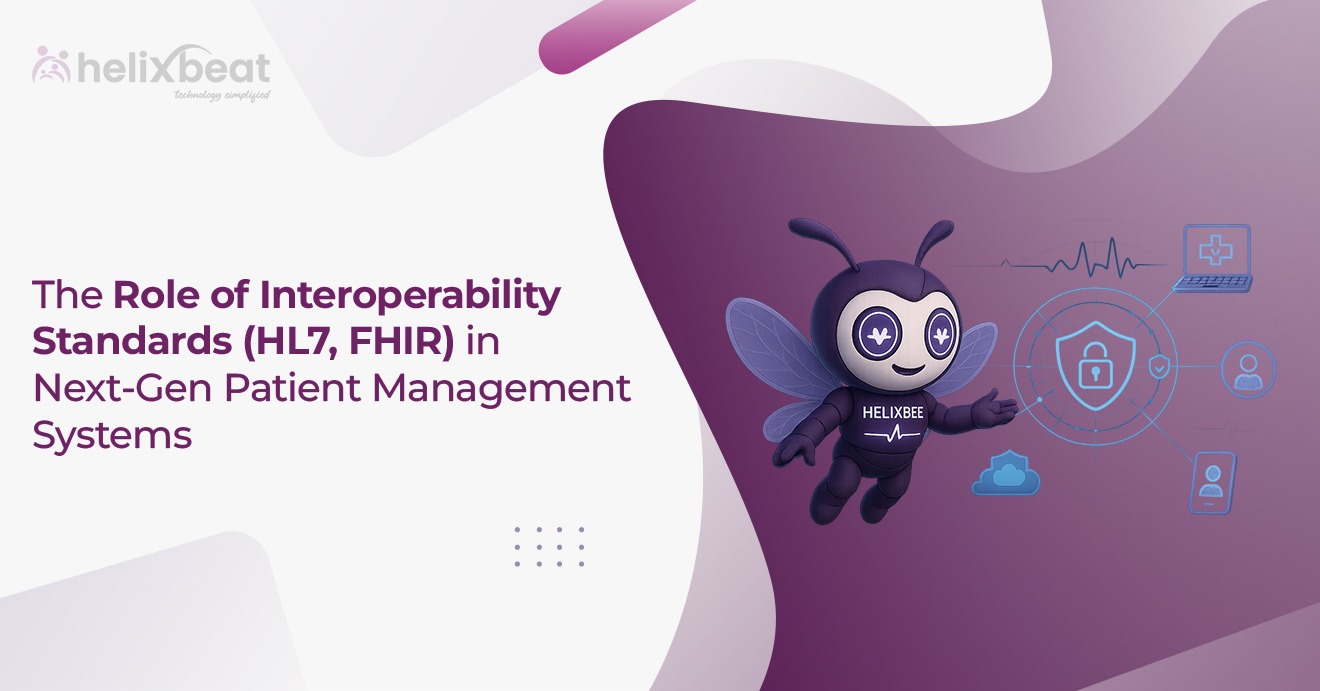Launching a new product is exciting, but it’s also risky. Did you know that 80–95% of new product launches fail? This is surprising, especially given the effort involved.
So, why does this happen? Often, it’s because the product lifecycle process is not managed well. Without a clear plan for each stage, things can go wrong.
This is where Product Lifecycle Management (PLM) helps. It keeps track of every step, from idea to retirement. With PLM, businesses can avoid mistakes, save costs, and create products that people love.
In this guide, we’ll explain why the product lifecycle process is key to success and how PLM can help your business stay ahead.
Table of Contents
What is the product life cycle?
The product life cycle is the process that every product goes through, from its creation to its eventual removal from the market. It includes several key stages: introduction, growth, maturity, and decline. During the introduction stage, the product is launched, and awareness is built.
In the growth stage, sales increase, and the product gains market share. The maturity stage is when the product reaches peak market penetration, but growth slows down as competition intensifies.
Finally, in the decline stage, the product’s demand decreases, and it may be phased out or replaced by newer alternatives. Managing each stage effectively helps businesses make strategic decisions that can prolong the product’s profitability and success.

Why is Product Lifecycle Management Necessary for Businesses?
Product Lifecycle Management (PLM) is crucial for businesses because it helps streamline the entire process of managing a product from inception to retirement. Here’s why it matters:
1. To Minimize Costs: By optimizing each phase of the lifecycle, businesses can identify cost-saving opportunities early on, whether in production, design, or distribution.
A report by Aberdeen Group found that companies using PLM systems experience up to a 20% reduction in product development costs.
2. Increases Product Quality: With PLM, businesses can continuously monitor and improve product quality throughout its lifecycle. This ensures that the product meets customer expectations and complies with industry standards.
A study states that 60% of companies using PLM systems reported a significant improvement in product quality.
3. Helps to Innovate: Effective PLM helps businesses stay ahead of the competition by fostering innovation. It allows for the integration of new technologies, continuous product improvements, and adaptations based on customer feedback and market trends.
According to a survey by Tech-Clarity, 85% of manufacturers said that the product lifecycle process played a critical role in digital transformation.
4. Protects You from Compliance Issues: PLM helps businesses manage regulatory requirements by ensuring that products meet safety, environmental, and industry-specific standards at every stage of their lifecycle.
According to Argano highlighted that companies with robust PLM systems reduce regulatory non-compliance risks by up to 15-20%.
5. Helps in Better Decision Making: With a clear overview of the product’s entire journey, businesses can make informed, data-driven decisions on pricing, marketing, and resource allocation, improving overall strategic planning.
A study shows that companies that use PLM tools for data-driven decision-making result in profitability.
In short, the Product Lifecycle process is essential for businesses aiming to optimize their products, reduce risks, and maintain a competitive edge in the market.
Challenges Involved in the Product Lifecycle Process
Managing the product life cycle involves navigating several obstacles, as businesses face various challenges at each stage of the product’s journey. Here are some key challenges:
- Market Uncertainty: Predicting market demand and consumer preferences can be challenging, especially during the introduction and growth stages.
- Competition: As products mature, new competitors often enter the market, making it harder to maintain market share and profitability.
- Resource Allocation: Deciding where to invest resources, whether in marketing, production, or innovation, can be difficult, especially as the product progresses through different stages.
- Customer Expectations: Meeting and exceeding customer expectations at each stage, from introduction to decline, is a constant challenge for businesses.
- Declining Interest: Managing a product during the decline stage, where consumer interest wanes, can be difficult without proper strategies for product rejuvenation or phase-out.
4 Important Stages in the Product Lifecycle Process
The product lifecycle process is divided into four key stages, each representing a unique phase in the journey of a product. Understanding these stages helps businesses manage their products effectively, from development to decline. Here’s a breakdown of each stage:
1. Introduction Stage
The introduction stage is when the application is first launched in the market. At this initial product lifecycle process, awareness needs to be created, and businesses focus on building a customer base. Sales are typically low as the market is unfamiliar with the product, and there might be significant marketing costs. Key activities include:
- Market research and development
- Product testing and refining
- Promotion and awareness campaigns
2. Growth Stage
In the growth stage, the product starts gaining traction in the market. Sales increase as more customers become aware of the product, and competition begins to emerge. During this stage, businesses focus on expanding their market share, improving the product, and reaching new customers. Key activities include:
- Expanding distribution channels
- Enhancing features based on customer feedback
- Strengthening brand positioning
3. Maturity Stage
The maturity stage is when the product reaches peak market saturation. Sales growth slows, and competition intensifies. At this point, the product has established itself in the market, and businesses focus on differentiation and customer retention. Companies may also reduce costs to maintain profitability. Key activities include:
- Cost optimization and efficiency improvements
- Diversifying product variations or updates
- Strengthening customer loyalty through targeted marketing
4. Decline Stage
In the decline stage, the product experiences a drop in demand due to changes in consumer preferences, technological advancements, or new competitive products. Sales decrease, and businesses must decide whether to discontinue the product, innovate, or phase it out gradually. Key activities include:
- Deciding whether to discontinue or update the product
- Minimizing costs to maintain profitability
- Exploring niche markets or alternative uses
Understanding these product lifecycle processes allows businesses to make informed decisions about pricing, marketing, and resource allocation throughout the product’s life cycle, helping to maximize profitability and extend product longevity.
Benefits of Product Lifecycle Management
Implementing Product Lifecycle Management (PLM) offers numerous advantages for businesses. Here are some key benefits:
- Enhanced Product Quality: Continuous monitoring and improvement ensure that products meet high-quality standards throughout their lifecycle.
- Increased Innovation: Encourages innovation by providing a structured framework for integrating new technologies and responding to market changes.
- Faster Time-to-Market: By optimizing processes, PLM helps bring products to market faster, giving companies a competitive edge.
- Improved Collaboration: Facilitates collaboration across different departments, ensuring alignment and reducing communication gaps.
- Sustainability: Supports eco-friendly practices by managing product design, production, and disposal efficiently.
- Longer Product Life: Helps extend the lifespan of products by continuously adapting to market needs and improving product features.
Final Thoughts
Effective Product Lifecycle Management process is essential for businesses to optimize product development, reduce risks, and leads long-term success.
With Helixbeat, you gain a partner who offers end-to-end expertise, customized solutions, and an agile approach to accelerate your product journey from concept to market.
Our proven track record and cross-industry experience guarantee that your product development is not only innovative but also efficient and aligned with your business goals. Choose Helixbeat for a smooth, successful product development experience.
FAQ:
1. What is a product lifecycle management process?
The PLM process involves managing a product from its concept to its retirement, ensuring efficient development, cost control, and quality throughout its lifecycle.
2. What are the six stages of product life?
The six stages of the product life cycle are development, introduction, growth, maturity, decline, and retirement. Each stage represents a different phase in the product’s journey, from initial creation to its eventual discontinuation.
3. What are PLM tools?
PLM tools are software that helps businesses manage product development, design, documentation, and collaboration, improving efficiency and communication across all lifecycle stages.
4. What is PLM in project management?
In project management, PLM integrates lifecycle management principles to ensure efficient planning, execution, and monitoring of product development projects.
5. What are the seven stages of new product development?
The seven stages of new product development include idea generation, concept development, feasibility analysis, product design, market testing, commercialization, and post-launch review. These stages guide a product from its initial idea to its market introduction and evaluation after launch.
6. How can product life cycle management help an organization increase profits and reduce costs?
PLM improves efficiency, reduces waste, optimizes resources, and enhances product quality, leading to cost savings, faster time-to-market, and higher profits.



